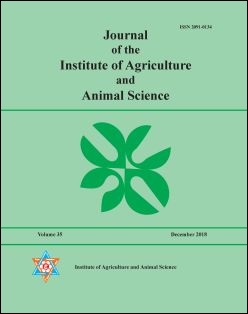Reproductive Endocrinology and Assisted Reproductive Technologies in Wild Felids
DOI:
https://doi.org/10.3126/jiaas.v36i1.48438Keywords:
artificial insemination, embryo transfer, invitro fertilization, wild felidsAbstract
Reproductive endocrinology has advanced a lot beyonds the established hormones dynamics and its application is reaching novel areas. This review article gives insights on reproductive endocrine profiling, artificial insemination (AI), in vitro fertilization (IVF) and embryo transfer in wild felid through exogenous hormonal application. Wild felids are seclusive creatures and they express slight to marked variations in reproductive mechanisms; we lack to clearly define normative data of onset of puberty to reproductive senescence and the understanding of fundamental reproductive physiology. This is crucial in many aspects of conservation in wild and captive breeding. Various researches in bits and pieces revealed that species difference with different estrus period, its length, hormone level were the keys for the failure of AI, IVF and embryo transfer in wild felids. This paper also summarizes the estrogen and progesterone monitoring in female and androgen (testosterone) in male, semen analysis and cryopreservation of sperm and embryo. Reviews of published work reports about 10 offspring born from artificial insemination and 39 offspring born from embryo transfer which are included in this article.

